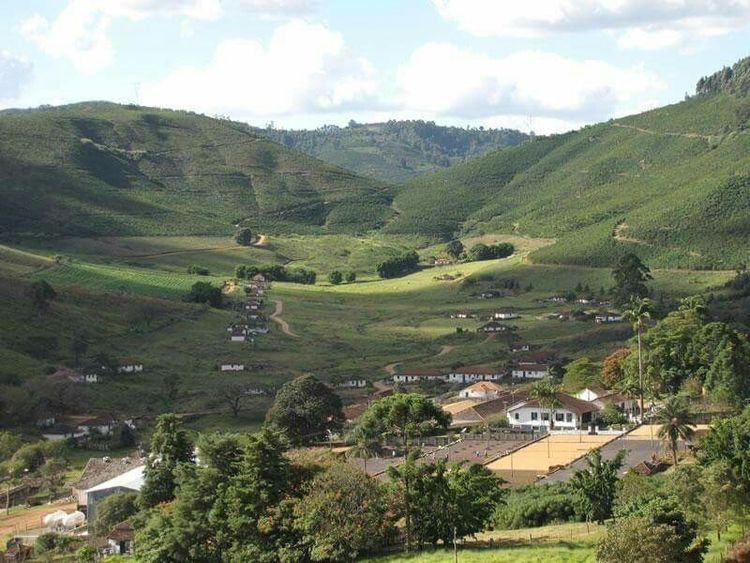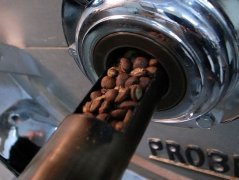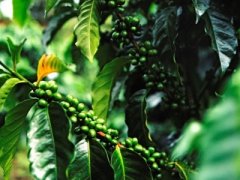A detailed introduction to the cultivation of Coffee Manors in Central America
Central America
Understanding Central American Coffee
Central America is a land bridge linking North and South America. There are seven countries in Central America: Belize, Costa Rica, El Salvador, Guatemala, Honduras, Nicaragua and Panama.
Coffee is produced in all seven Central American countries, with Guatemala, Costa Rica and Honduras among the top ten coffee exporters in the world.
Coffee in Central America began in the eighteenth century, this important economic product originated in Costa Rica, the time around 1840.
Central America has been at war since independence from Spain in 1821. Because Costa Rica is far away from Guatemala, the capital of Spain at that time, it was not affected by the civil war. Instead, Guatemala and El Salvador delayed coffee production due to the civil war.
After that, political disputes gradually subsided, and coffee production began in Central American countries in the 19th century, except Honduras.
Central America's natural advantages of sun, land and mountains, combined with an abundant labor force, make the region uniquely suited to growing high-quality coffee.
By the late 19th century coffee had become an indicator of economic growth in Central America, and all Central American countries passed laws to promote coffee.
The most significant results have been achieved in Costa Rica, El Salvador and Guatemala, which, together with the scientific and technological way of growing coffee, have made Central America one of the four major coffee producing areas in the world.

Important Notice :
前街咖啡 FrontStreet Coffee has moved to new addredd:
FrontStreet Coffee Address: 315,Donghua East Road,GuangZhou
Tel:020 38364473
- Prev

Introduction to the characteristics of four different inner pans of coffee roaster
Inner pot characteristics coffee roaster currently has 4 kinds of inner pot! The taste of coffee does not matter, and the use of coffee roasters is also different. 1, the principle of the direct-fired inner pot coffee roaster DISCOVERY to introduce the inner pot after punching processing, the bottom of the burner flame can be in direct contact with coffee beans. The direct flavor is attached to the coffee and becomes fragrant and delicious.
- Next

The source of the sour taste of coffee the difference between pleasant acid and annoying acid.
For many beginners, the sour coffee always feels a bit unacceptable. Isn't it strange that the taste of the coffee is mixed with the sour taste? As an upperclassman who doesn't pay for his life, the upperclassman always thinks that it is sour and sour, so he ignores the wishes of the vast number of beginners. Today, let's take a good look at the relationship between coffee and fruit acid.
Related
- Beginners will see the "Coffee pull flower" guide!
- What is the difference between ice blog purified milk and ordinary milk coffee?
- Why is the Philippines the largest producer of crops in Liberia?
- For coffee extraction, should the fine powder be retained?
- How does extracted espresso fill pressed powder? How much strength does it take to press the powder?
- How to make jasmine cold extract coffee? Is the jasmine + latte good?
- Will this little toy really make the coffee taste better? How does Lily Drip affect coffee extraction?
- Will the action of slapping the filter cup also affect coffee extraction?
- What's the difference between powder-to-water ratio and powder-to-liquid ratio?
- What is the Ethiopian local species? What does it have to do with Heirloom native species?

